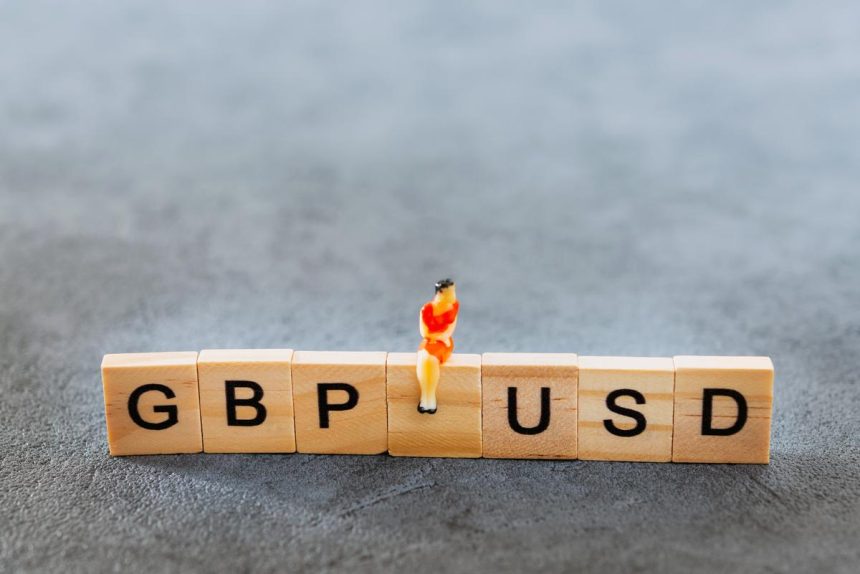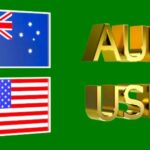Pound sterling finds support below 1.2700.
In Thursday’s European session, the British pound (GBP) finds support below the round-level figure of 1.2700 versus the US dollar (USD). However, the GBPUSD pair’s near term prognosis remains uncertain. Due to cautious market mood ahead of the United States’ (US) core Personal Consumption Expenditures Price Index (PCE) data for April. Which will be released on Friday. Pound Sterling will rarely be affected by market speculation concerning The Bank of England (BoE) is expected to begin interest rate decreases. At its August meeting. Earlier this year, investors expected the BoE to begin decreasing key borrowing rates in June.
The UK’s high service inflation remains a hurdle to a sustained restoration of price pressures to the 2% objective.
However, traders reduced their rate-cut bets for June after the United Kingdom’s (UK). Consumer Price Index (CPI) report for April revealed that price pressures decelerated at a slower rate than expected.
Though the UK headline CPI has fallen dramatically. BoE policymakers are concerned about a steep deceleration in service inflation momentum. Which is nearly double the rate required to bring core inflation down to the 2% target.
Daily Market movers: Pound Sterling maintains support despite a bleak market environment.
The pound sterling finds support near 1.2700 amid the focus on the US core PCE price. Index data for April will be announced on Friday. The annual and monthly core PCE inflation figures are expected to have increased gradually by 2.8% and 0.3%, respectively.
Investors will be closely watching the US Federal Reserve’s (Fed) preferred inflation indicator, as it will have a big impact on speculation about Fed rate cuts at the September meeting. According to the CME FedWatch tool, the probability of interest rates falling below current levels in September has dropped to 47% from 51% the previous week.
Traders reduce Fed rate-cut bets for September due to the strong inflation outlook.
Traders reduced Fed rate-cut bets for September after the US Conference Board reported on Tuesday that Consumer Confidence for May improved unexpectedly, while the preliminary S&P Global PMI survey for May exceeded forecasts.
US Consumer Confidence increased to 102.00 from 97.5 in April, after a three-month downward trend. The Consumer Confidence survey, which releases the Present Situation Index and the Expectations Index that measures current and the near-term prospects, respectively, of business and labor market conditions, surpassed their preceding values.
Meanwhile, the Fed’s hawkish direction on interest rates has hurt on Fed rate cuts bets. Policymakers want to see inflation slow for several months before beginning the policy normalization process. Despite a slowing of price pressures in April, officials maintained their hawkish attitude. They contended that a one-time drop in inflation is insufficient to restore confidence. That the disinflationary process has resumed after halting for the whole first quarter.









